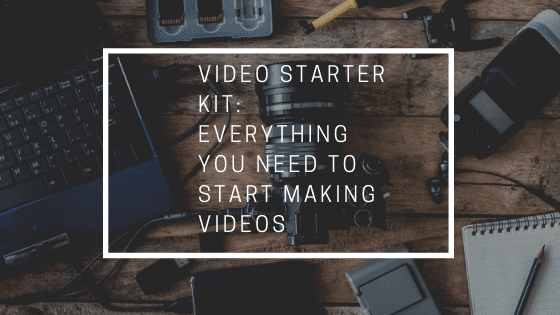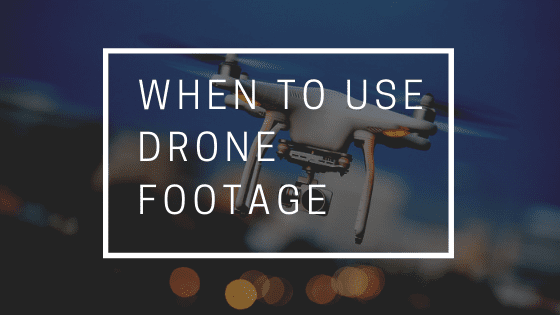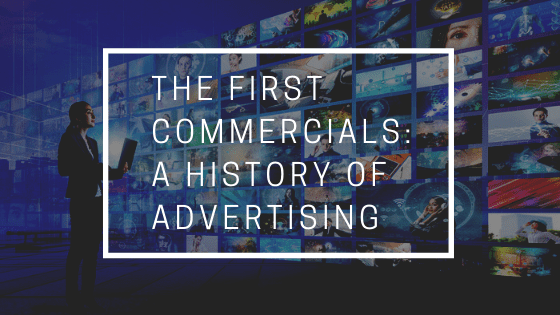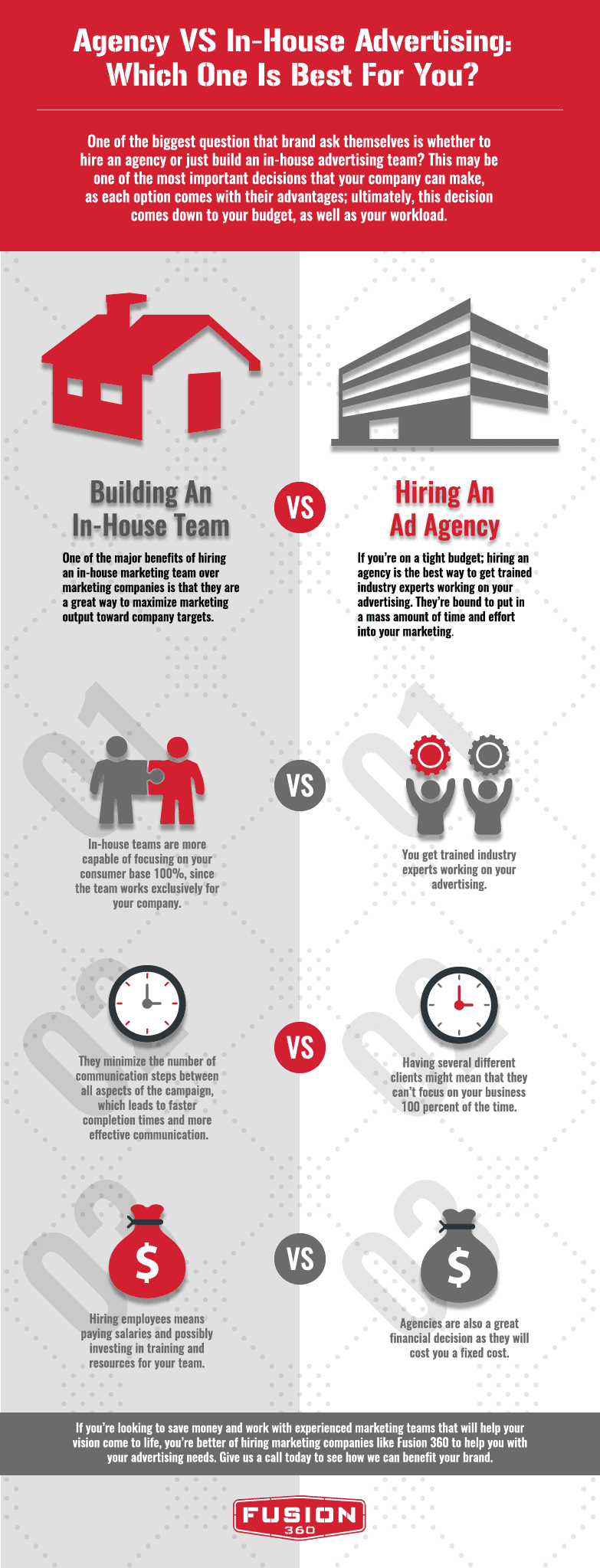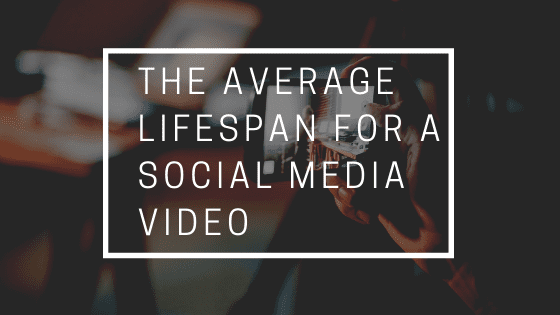
Video production companies are constantly pumping out content for their client’s social media accounts. From short videos to longer, more detailed ones, it’s important to know just how long these videos will last online. That’s why you want to prioritize both time and manpower accordingly, to benefit your brand best in the long run. Knowing the lifespan of a social media video also helps video production companies gauge how much content they should be creating and how often they should be posting that content.
Anyways, you’re probably here simply to find out those magic numbers… well, we here at Fusion 360 Studios want to give the people what they want. Here is what we’ve found for each major social media platform.
Videos on Facebook have an average lifespan of five hours. This number represents the amount of time on average that a post stays relevant on other people’s newsfeed. If your video doesn’t do well, you can expect the life of the video to end after those five hours. Most social media videos receive 75 percent of their total impressions at the two-and-a-half-hour mark, but algorithms can always impact these statistics.
Twitter is a platform that revolves around quick posts. This platform is constantly pushing new content to users, so unless your video manages to garner mad likes and retweets, the average lifespan of a social video on Twitter is a measly 18 minutes. Twitter is designed to feed you new content throughout the day, so this platform is best if you have shorter videos that can grab the viewers’ attention within the first few seconds.
Snapchat
Snapchat users can probably already tell you what the average lifespan of a social video posted on Snapchat is. Snaps sent directly to other users have an average lifespan of 10 seconds, while a video posted to your account’s story has an average lifespan of 24 hours before disappearing. Snapchat isn’t ideal for high-quality content and should instead be used to advertise the content that you have on other platforms; no one needs to hire a video production company for their Snapchat videos.
Social media videos posted to Instagram have the highest average lifespan, mostly because Instagram is a visual-heavy platform, and it doesn’t “move” as fast as Twitter does. Most content receives around 75 percent of its total comments within these 48 hours, but engagement tends to drop after the six-hour mark. Some really high performing posts take around 12 hours to pick up momentum. With these numbers, it’s no surprise that content on Instagram tends to have a higher lifespan and is, therefore, more important in comparison to content on other platforms. This is why some people are starting to look to video production companies for help with their Instagram videos.
Content needs to offer value if you want it to perform well, and if you can’t rake in engagement within the average lifespan window, your content may not be helping your brand grow at all. If you need help creating content that will thrive within its average lifespan, and even surpass the average, give us a call here at Fusion 360 Studios. When it comes to successful video production companies, we’re the go-to.

